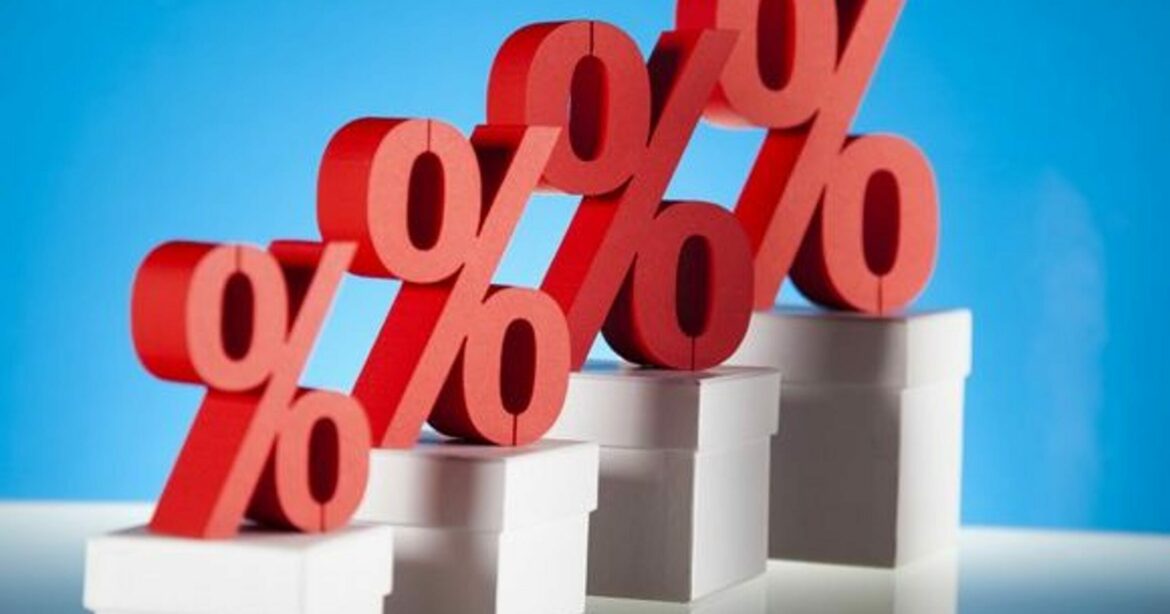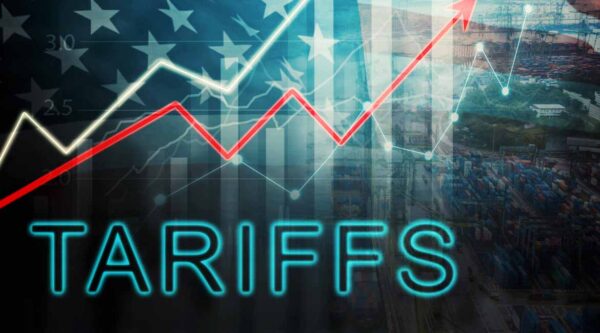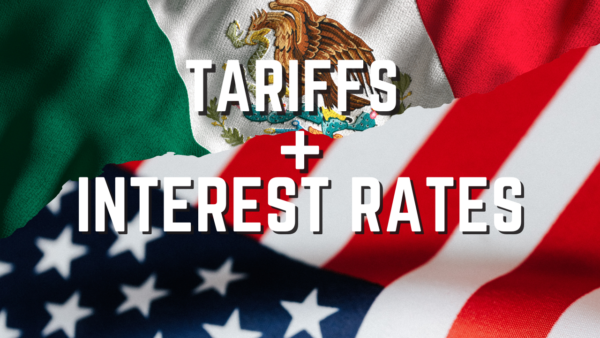At its meeting in mid-December, the Federal Open Market Committee (FOMC), the Federal Reserve’s policy-making committee, made some notable changes to its economic forecast for 2025 and adjusted its guidance for the path of interest rates. These changes were more substantial than expected and contributed to the declines in equity prices that characterized much of December. The equity market’s vulnerability should not come as a surprise, given its sharp gains in recent years and valuation levels that are highly elevated by historical standards.
Two FOMC Changes
Two of the FOMC’s changes stand out as especially significant. First, it raised its forecast of inflation in 2025. Its preferred measure of inflation, the core PCE deflator, is now projected to increase by 2.5% in 2025. In their prior forecasts (released in September), the consensus among FOMC members had been for a 2.2% increase. Second, the FOMC indicated that they expected to cut the fed funds rate by 50 basis points for 2025. In their September projections, they penciled in 100 basis points of interest cuts.
In his post-meeting press conference, Federal Reserve Chair Jerome Powell indicated several factors contributed to the higher inflation forecast. He mentioned that the recent inflation data, although not terrible, had come in moderately above expectations. Moreover, he said that some FOMC members were starting to consider the effects of higher tariffs in their inflation forecasts. Containing the inflationary fallout of higher tariffs will likely be a preoccupation of the committee in 2025.
While the stock market had a shaky period in mid-December, it posted solid gains in 2024, with the S&P 500 rising by 23%. This followed a 22% increase in 2023. That amounts to the best two-year gain in over 20 years. Over the past five years, the S&P 500 has increased by 84%. In general, asset valuations are stretched in the U.S. economy. House prices are high relative to incomes, and equity prices are high relative to earnings or projected earnings. Such high valuations rest in part on expectations for lower interest rates. Anything that calls into question this assumption can lead to a correction.
Unique Considerations
Several features of the current situation are unique compared to other similar episodes. One is that the extremes in valuation in the equity market coincide with an unusually high concentration in market value. In other words, a small number of stocks (six or seven) accounts for most of the apparent excesses in the market. They account for over half of the total market capitalization.
Another usual feature is that high valuations are very much a U.S. phenomenon. The equity markets of other major economies have not experienced a similar appreciation in the past five years. The rise in the dollar relative to other currencies in recent years also reflects investor enthusiasm for U.S. assets.
Thirdly, the rise in equity valuations has been accompanied by a significant increase in the prices of other major assets held by American households (owner-occupied real estate). House prices have risen by over 40% in the past five years, more than twice as fast as income during the same period.
Destabilizing Correction Risk
All of this asset price appreciation is providing strong support for consumer spending. However, there is also a risk of a destabilizing correction. It should be noted that rapid technological change introduces an element of uncertainty that makes pricing stocks more challenging. Investors correctly intuit that something transformative is happening, but gauging its magnitude is difficult.
Prior periods of financial excesses have often been associated with important new technologies that have added to uncertainty. In previous centuries, investors plowed large amounts of funds into railroad companies. This sometimes resulted in disappointing returns and financial instability. Excitement about the internet and ecommerce led to the bubble of the late 1990s, and a recession ensued when the bubble popped. In each of these periods, some investors ignored warning signs and convinced themselves that “this time is different.”
It could be that artificial intelligence will be transformative in a way that no other new technology has been. In which case this time could be truly different. If not, the risks are high that markets and the economy are entering a period of great uncertainty, with potentially destabilizing consequences for both.





